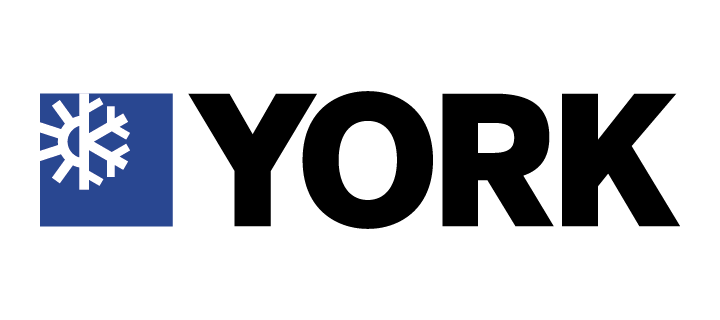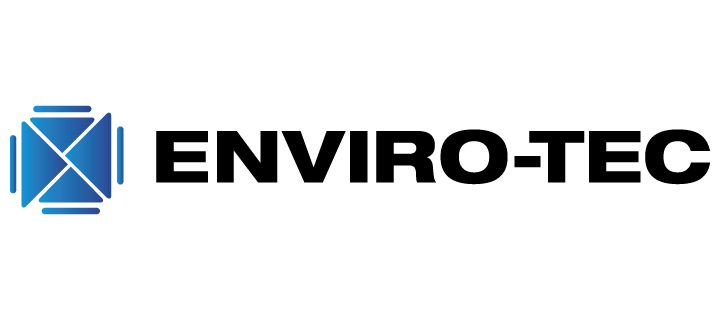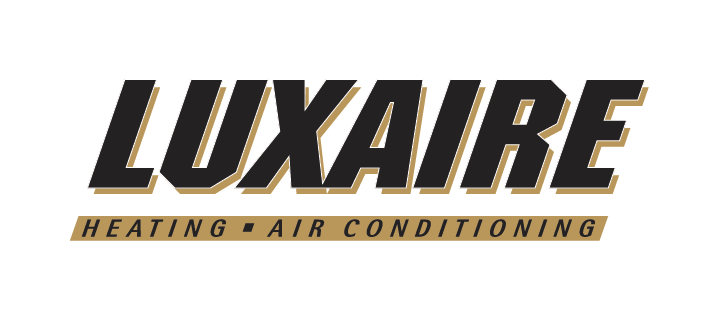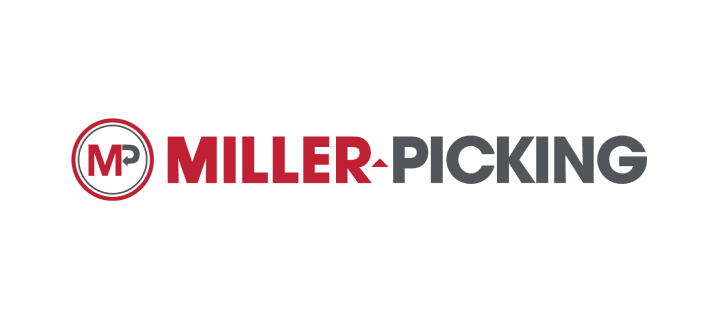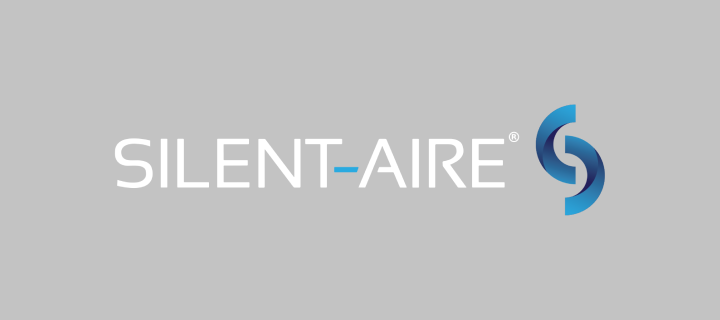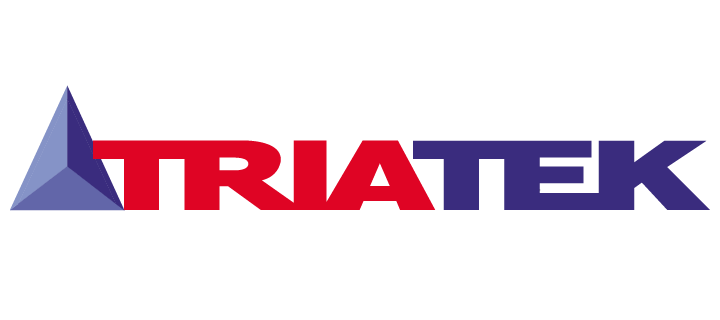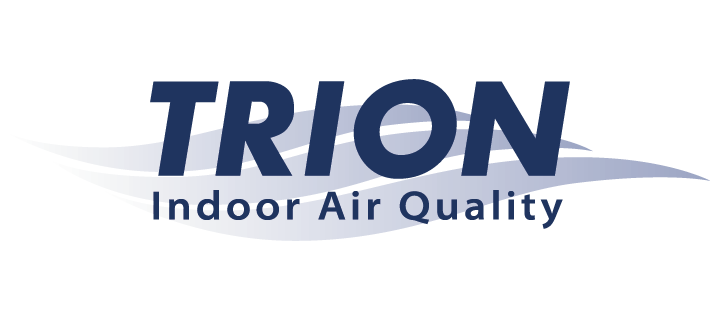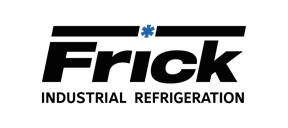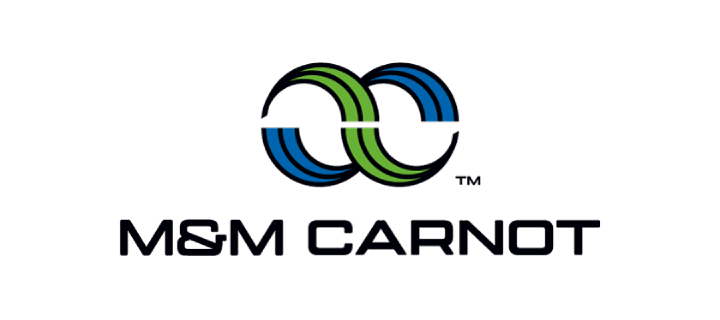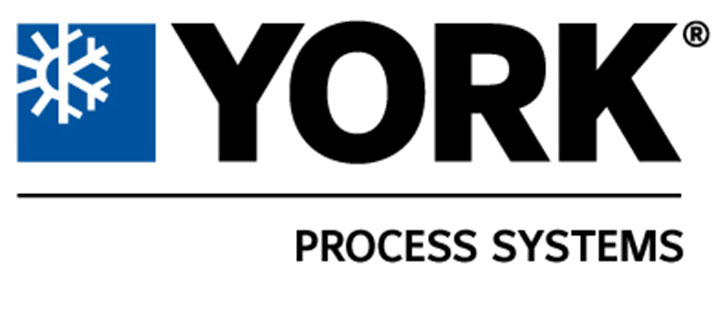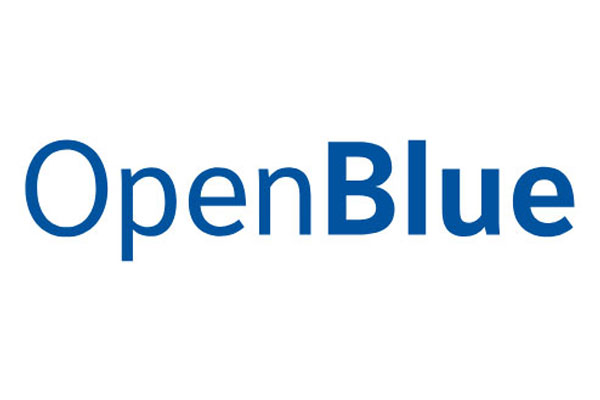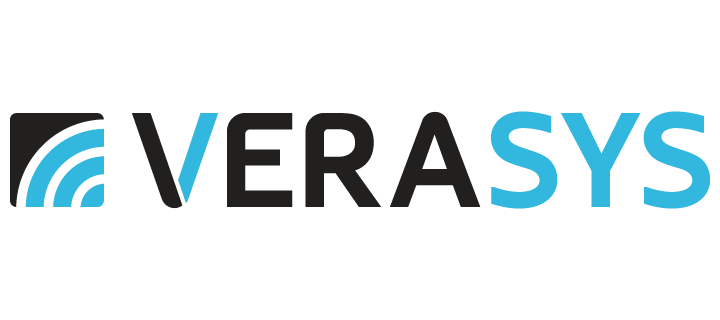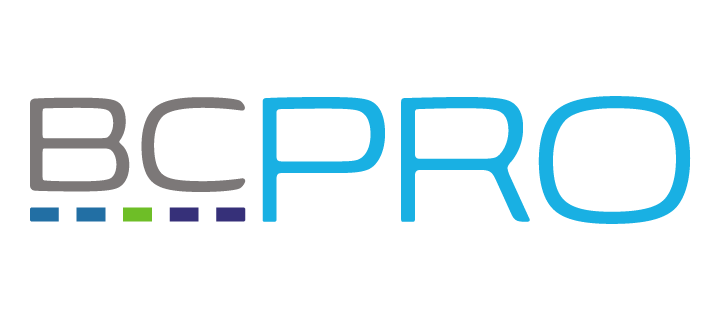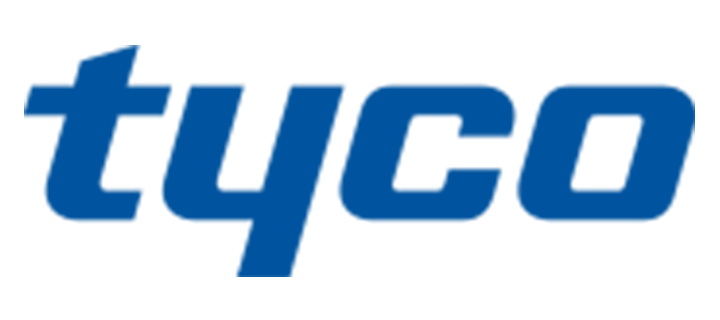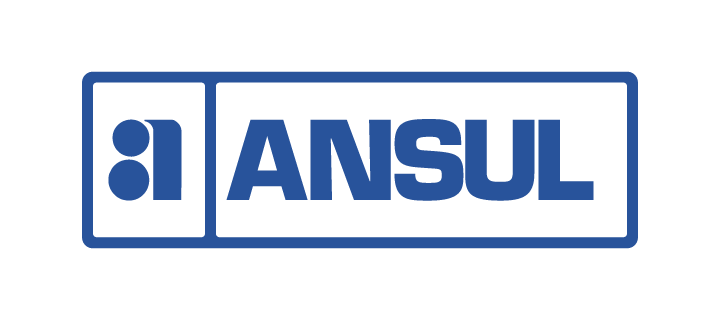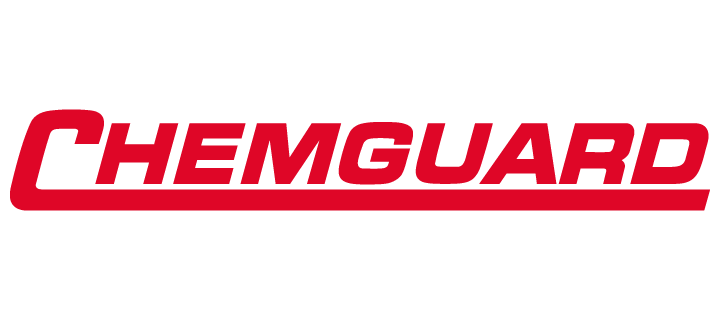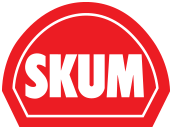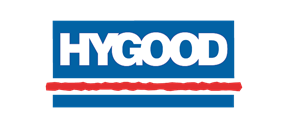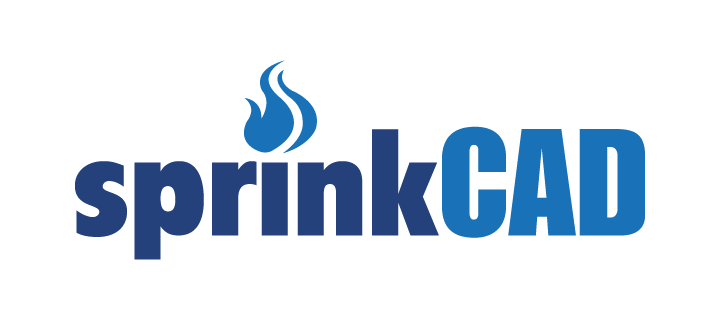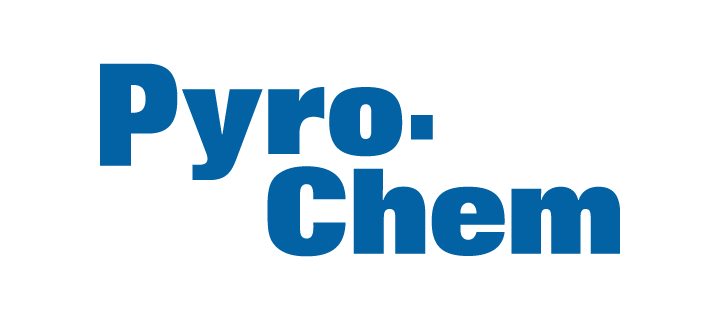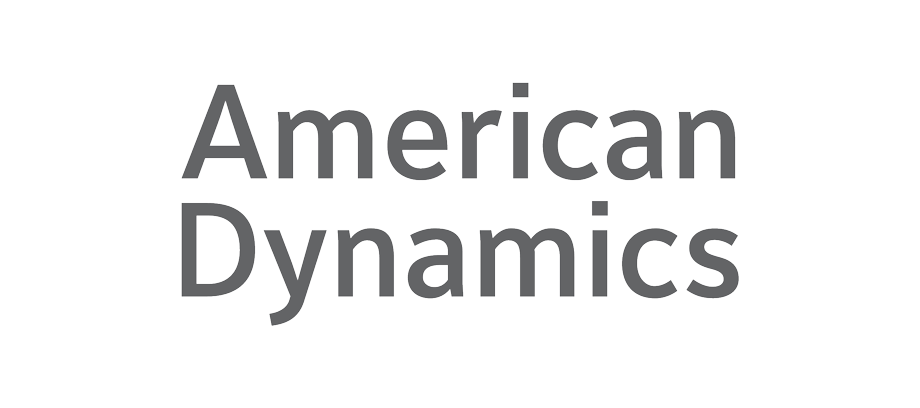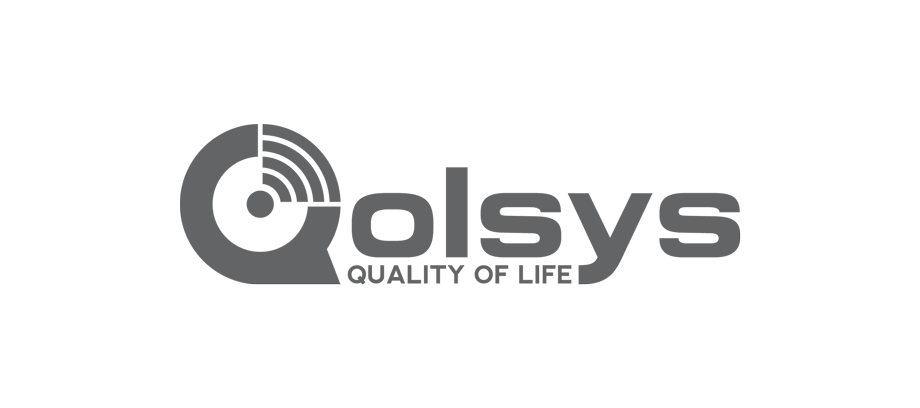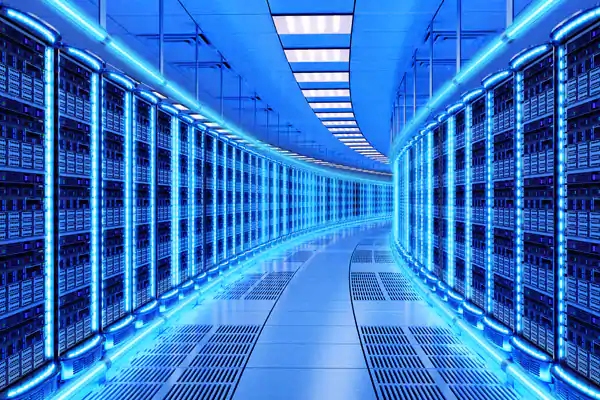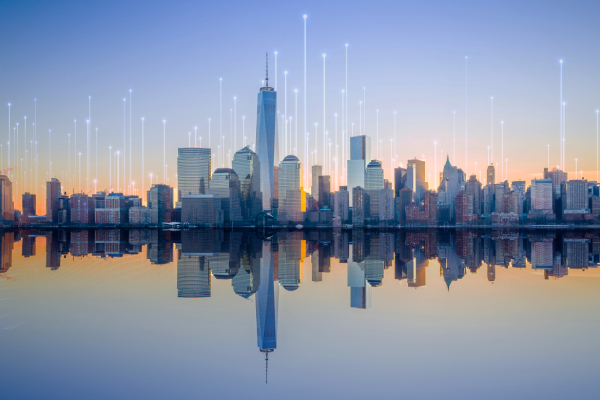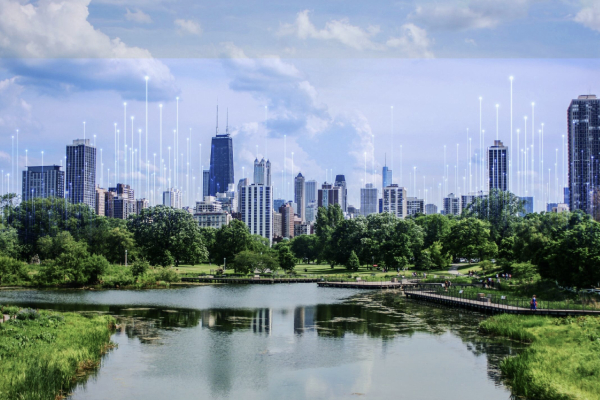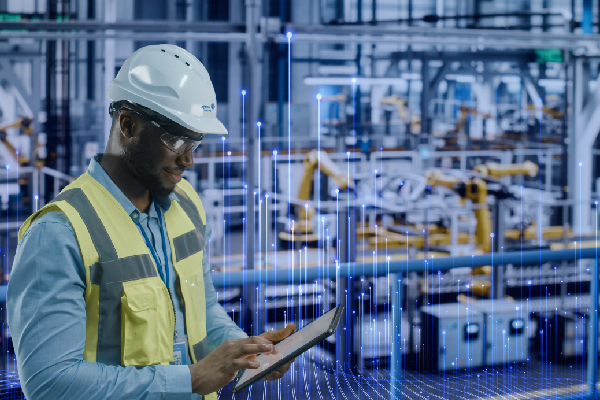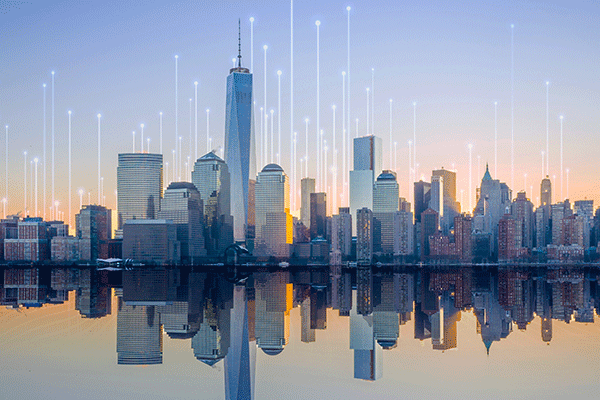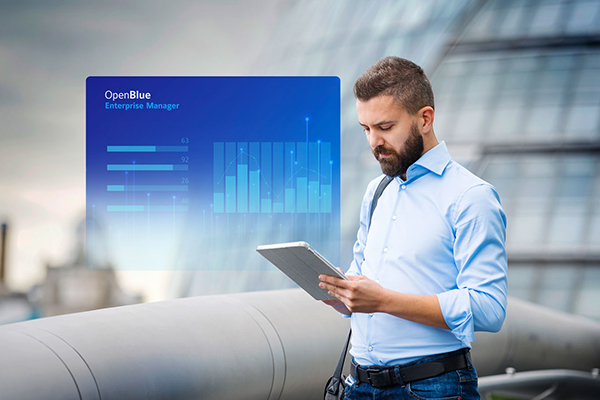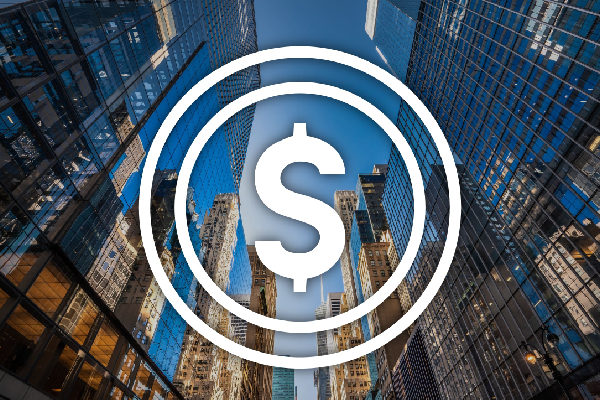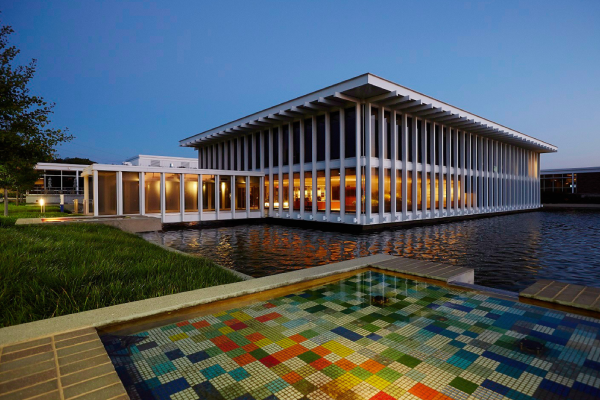- Johnson Controls
- Insights
- Sustainable building and equipment design not only reduce environmental impact but also offer significant economic benefits.
Sustainable Design Makes Dollars and Sense
 By Reuben Petty, Digital Sales Engineer, Johnson Controls
By Reuben Petty, Digital Sales Engineer, Johnson Controls
In today’s business and environmental landscape, sustainable design isn’t just about being eco-friendly — it’s a smart financial decision. Sustainable building and equipment design not only reduce environmental impact but also offer significant economic benefits. Here's why investing in sustainability makes both dollars and sense:
1. Lower Operating Costs
One of the most immediate financial benefits of sustainable design is energy efficiency. Sustainable buildings use less energy for heating, cooling, and lighting through advanced technologies like LED lighting, efficient HVAC systems, and renewable energy sources (such as solar panels). By incorporating these energy-saving measures, businesses can reduce utility costs by 20-30% on average. Lower energy consumption directly translates to savings on utility bills, making sustainable buildings more cost-effective over time.
2. Increased Property Value
Buildings designed with sustainability in mind often enjoy higher property values. Properties that meet LEED, BREEAM, or other green certifications are more attractive to buyers and tenants. According to the U.S. Green Building Council (USGBC), LEED-certified buildings can command higher rents and sale prices than conventional buildings. In addition, sustainable buildings tend to have lower vacancy rates, as more tenants are drawn to eco-friendly spaces that align with their environmental values.
3. Reduced Maintenance and Lifecycle Costs
Sustainable design incorporates durable materials and technologies that have longer lifecycles, reducing the need for frequent repairs and replacements. For example, modular construction and high-quality materials not only reduce construction waste but also create structures that last longer and require less maintenance. This long-term durability cuts down on costs related to equipment repairs, upgrades, and building upkeep, improving the overall return on investment (ROI).
4. Tax Incentives and Rebates
Governments around the world are offering tax incentives, rebates, and grants for companies that invest in sustainable practices. In the U.S., for example, the Investment Tax Credit (ITC) provides financial benefits to businesses that install solar energy systems. In many cities and states, green buildings are eligible for property tax reductions and accelerated depreciation. These financial incentives reduce the initial cost of implementing sustainable technologies, making it even more economically feasible.
5. Attracting and Retaining Tenants and Employees
Consumers, tenants, and employees are increasingly prioritizing sustainability. Eco-conscious tenants are willing to pay more for spaces that align with their values, while employees prefer working in environments that promote health and well-being. Sustainable buildings are designed with features like improved indoor air quality, natural lighting, and better thermal comfort, leading to higher employee productivity and job satisfaction. Companies that invest in sustainability are seen as responsible corporate citizens, improving their reputation and attracting top talent.
6. Risk Mitigation and Resilience
Sustainable buildings are often more resilient to environmental risks such as extreme weather events, reducing the likelihood of costly repairs. Incorporating flood-resistant materials, solar energy systems, and energy storage solutions can help businesses remain operational during power outages or natural disasters. These features provide long-term savings by minimizing the financial impact of climate-related events and operational disruptions.
7. Compliance and Future-Proofing
As governments introduce stricter environmental regulations, businesses that adopt sustainable design practices early will be ahead of the curve. Regulations related to energy efficiency, carbon emissions, and water usage are becoming more stringent. By building sustainably now, businesses avoid the risk of future compliance penalties and costly retrofits to meet new standards. This future-proofing strategy can save substantial amounts in fines and legal fees, further solidifying the financial case for sustainability.
8. Competitive Advantage and Marketability
Companies that embrace sustainable design gain a competitive edge in the marketplace. As sustainability becomes a priority for consumers and investors, businesses that incorporate green practices stand out in their industries. This can lead to increased market share, better brand loyalty, and the ability to command premium prices for products or services. Sustainability has become a key differentiator, giving businesses a compelling marketing narrative that resonates with eco-conscious consumers.
Conclusion: Sustainability is Smart Business
Sustainable design is no longer just about doing the right thing for the environment — it’s about making financially sound decisions that benefit both the bottom line and the planet. From reduced operating costs to tax incentives and increased property values, the financial benefits of sustainable buildings and equipment are clear. In a world where energy costs are rising and environmental regulations are tightening, sustainable design makes both dollars and sense. By investing in green practices, businesses not only contribute to a healthier planet but also ensure their long-term profitability and success.

